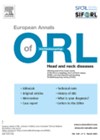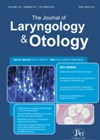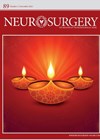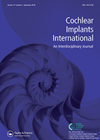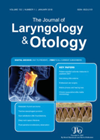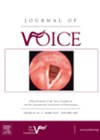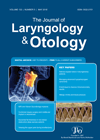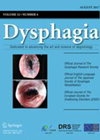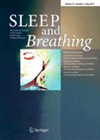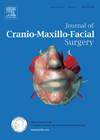
Journal Reviews
Septoplasty revisited
Septoplasty is one of the commonest rhinological surgeries performed. With the advent of minimally invasive surgical concepts, endoscopic targeted septoplasty was introduced. This study aimed to compare the complications and outcomes between endoscopic septoplasty and conventional septoplasty by a PRISMA...
Role of maxillary sinus irrigation as an adjuvant to current management of chronic rhinusitis without polyposis
Several decades have passed since irrigation of maxillary sinuses generally became a treatment of the past. A more recent concept of biofilms may have evoked new interest in this past procedure, fraught with its own issues. In this study, the...
Are there any benefits of postoperative antibiotics after endoscopic transsphenoidal surgery for pituitary tumours?
This prospective randomised double-blind multicentre study evaluated whether postoperative antibiotics resulted in improvement in sinonasal quality of life (QoL) compared to placebo in patients undergoing endoscopic endonasal transsphenoidal pituitary surgery. A total of 461 patients were screened for the study...
Quality of life in adolescence
Adolescence can be a difficult time and the added complexity of a hearing loss can exacerbate feelings during this period. In the literature, there are mixed findings that show while some children with hearing loss score poorly on some aspects...
A global survey of tracheostomy healthcare provision and patient participation: requirements for improvement
Patients with tracheostomy require comprehensive care which should begin in the preoperative phase and go through immediate postoperative and discharge phases with patient involvement as well. The authors assessed this with a multicentre, cross-sectional survey using a mailing list held...
Listening effort and speech perception performance
Capturing speech perception performance in noisy listening environments is a key part in validating any hearing instrument. Traditionally audiologists have always measured this performance in noisy environments by looking at thresholds, i.e. speech reception thresholds or signal to noise ratios....
Long-term voice outcomes following transoral laser surgery versus radiotherapy for early laryngeal cancers
The oncological outcomes of transoral laser microsurgery (TOLM) for early laryngeal cancers are well-known to be very similar to radiation therapy (RT). The functional outcomes associated with each treatment modality are therefore of significant interest. This study is reported to...
Nasal disease and quality of life in athletes
Rhinitis is a nasal condition which is generally underappreciated in primary care and even less in athletes. In this study, the authors specify nasal symptoms constituting rhinitis as nasal blockage, sneezing bouts, rhinorrhoea and itching and compare their prevalence in...
The paediatric dilemma of one ear in and one ear out of NICE criteria
The auditory implant team in Manchester have implanted a cohort of children where audiological thresholds meet the NICE guidance for cochlear implantation (CI) in one ear only, and the other falls into moderate, severe or sloping loss. These children are...
Are there benefits of prophylactic swallowing exercises for patients with head and neck cancer?
This randomised controlled trial aimed to establish the impact of prophylactic swallowing exercises in patients undergoing chemoradiation therapy for head and neck cancer. The primary outcome was the functional oral intake scale (FOIS), although secondary measures for feeding tube use,...
How useful is AHI?
There is a growing unease in the sleep medicine world about the usefulness of the apnoea-hypopnoea index (AHI). Most of our objective evidence about obstructive sleep apnoea (OSA) is in some way related to the AHI, and the respiratory physicians...
Do implants assist rehabilitation following mandibular reconstruction?
When undertaking mandibular reconstruction, optimal function and aesthetic rehabilitation is the goal. There is no doubt that patients consider chewing, swallowing and speech to be of paramount importance. Following surgery, suboptimal rehabilitation leads to a fall in quality of life...

